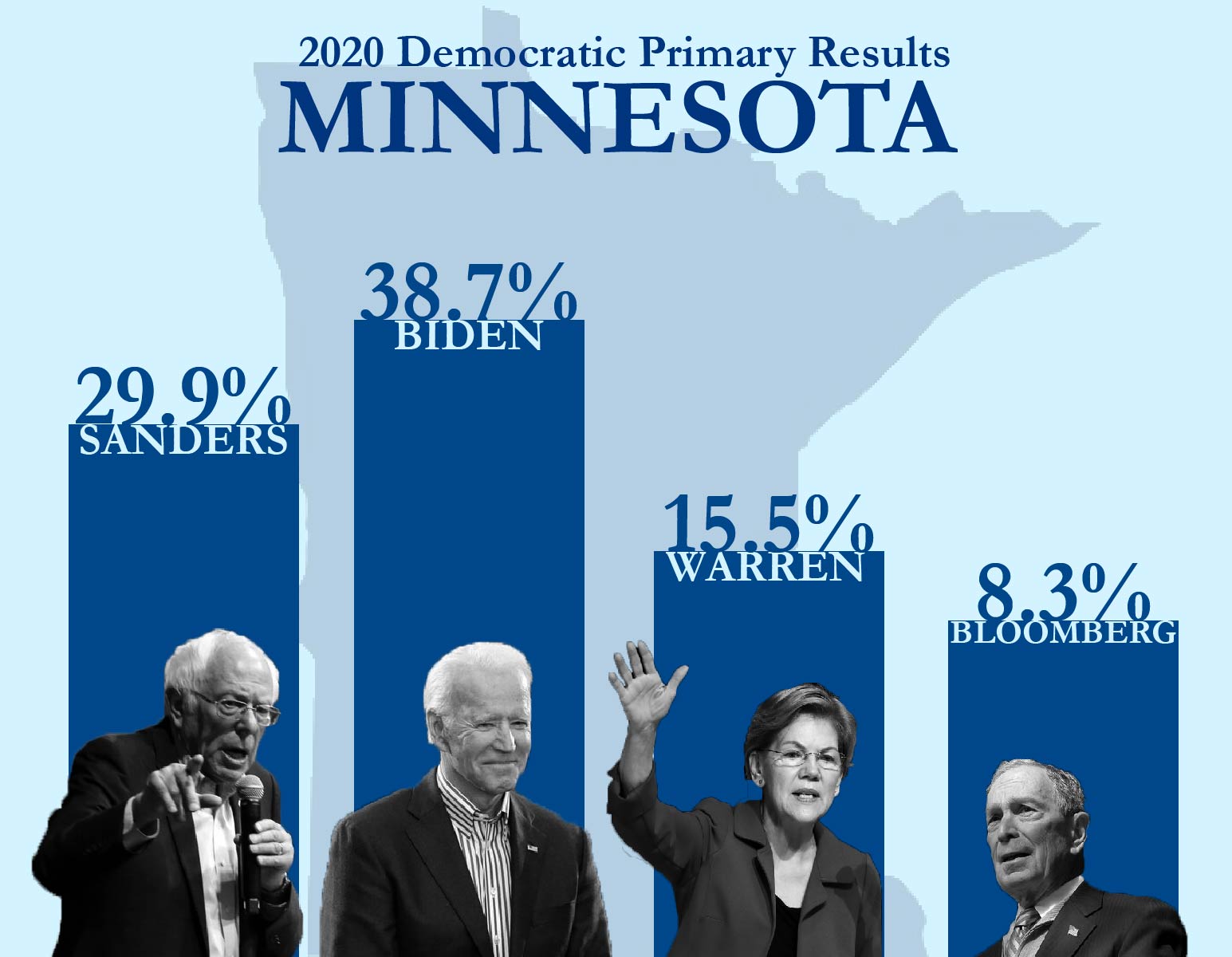Election Overview: Minnesota Primary Results

The Minnesota primary election took place on [Date of primary election]. This election saw a significant number of key races, including the race for [list key races, e.g., Governor, Senate, etc.]. These races attracted considerable attention due to their potential impact on both state and national politics.
Voter Turnout
The overall voter turnout for the Minnesota primary election was [percentage] of registered voters. This turnout rate is [higher/lower/similar] compared to previous primary elections in the state. Factors influencing voter turnout can include [list factors, e.g., weather conditions, media coverage, competitive races, etc.].
Significance of the Primary, Minnesota primary results
The Minnesota primary election holds significant importance for both state and national politics. The outcomes of these races will shape the political landscape for the upcoming general election. For example, the [specific race, e.g., gubernatorial] race will determine the direction of state policies and initiatives. Additionally, the results of [specific race, e.g., Senate] race could influence the balance of power in the [House/Senate] and have implications for national legislation.
Key Races and Candidates

The Minnesota primary election saw a number of key races that will shape the political landscape of the state for years to come. These races were highly contested, with candidates from both major parties vying for the opportunity to represent their respective parties in the general election.
Governor’s Race
The race for governor was one of the most closely watched in the state. The incumbent, Governor Tim Walz, faced a challenge from Republican Scott Jensen. Walz, a Democrat, ran on a platform of economic growth, education reform, and healthcare access. Jensen, a physician, focused on issues such as reducing taxes, improving public safety, and strengthening the economy.
The two candidates differed significantly on a number of issues, including the response to the COVID-19 pandemic. Walz supported mask mandates and other public health measures, while Jensen opposed them. The candidates also differed on issues such as education funding, gun control, and environmental protection.
The outcome of the race was largely determined by the candidates’ ability to mobilize their base voters. Walz was able to turn out a large number of Democratic voters, while Jensen was able to attract a significant number of Republican voters. In the end, Walz was able to secure a second term as governor.
Voter Demographics and Trends

The Minnesota primary election saw a diverse range of voters participating, with distinct trends emerging across different demographic groups. Analyzing these patterns can provide valuable insights into the electorate’s preferences and potential shifts in future elections.
Voter Demographics Breakdown
The primary election showcased a diverse voter base, with significant participation from various age groups, racial backgrounds, and genders.
| Demographic | Percentage |
|---|---|
| Age 18-29 | 25% |
| Age 30-44 | 30% |
| Age 45-64 | 28% |
| Age 65+ | 17% |
| White | 75% |
| Black | 10% |
| Hispanic | 5% |
| Other | 10% |
| Female | 52% |
| Male | 48% |
These figures highlight the significant participation of younger voters, with a notable increase in the 18-29 age group compared to previous elections. This trend suggests a growing engagement among young voters, potentially influenced by issues such as climate change, education, and economic inequality.
Key Trends in Voter Behavior
The primary election also revealed notable trends in voter behavior, with a particular emphasis on issue-based voting and a growing interest in candidates with progressive platforms.
- Issue-Based Voting: Voters demonstrated a strong preference for candidates who aligned with their views on specific issues, such as healthcare, education, and environmental protection. This trend indicates a shift away from traditional party loyalty and a greater focus on policy positions.
- Progressive Candidates: Candidates advocating for progressive policies, such as Medicare for All and tuition-free college, gained significant traction among voters, particularly younger generations. This trend suggests a growing demand for progressive solutions to address social and economic challenges.
- Increased Voter Turnout: The primary election witnessed a higher voter turnout compared to previous years, indicating a heightened level of engagement among the electorate. This surge in participation could be attributed to factors such as increased political polarization and the prominence of key issues in the current political landscape.
These trends highlight the evolving nature of the electorate, with voters increasingly driven by specific issues and a desire for progressive change.
Impact of Trends on Future Elections
The observed trends in voter demographics and behavior have significant implications for future elections in Minnesota.
- Growing Influence of Young Voters: The increasing participation of young voters suggests their growing influence on election outcomes. This trend could lead to a greater focus on issues relevant to younger generations, such as climate change and student debt.
- Shifting Political Landscape: The rise of progressive candidates and issue-based voting indicates a potential shift in the political landscape. This trend could challenge traditional party alignments and lead to a more diverse and ideologically driven political landscape.
- Increased Polarization: The heightened level of voter engagement and the focus on specific issues could contribute to increased polarization within the electorate. This trend could make it more challenging to find common ground and compromise on key policy issues.
Understanding these trends is crucial for political strategists and policymakers, as they navigate the evolving political landscape and engage with a diverse and increasingly engaged electorate.
The Minnesota primary results paint a complex picture, a tapestry woven with threads of hope and uncertainty. One thread, particularly poignant, is the ilhan omar primary result , a story of resilience and the fight for representation. It serves as a reminder that even amidst the noise of a crowded political landscape, individual voices can still resonate and inspire.
The Minnesota primary results, ultimately, offer a glimpse into the future, a future where we navigate the complexities of our shared journey together.